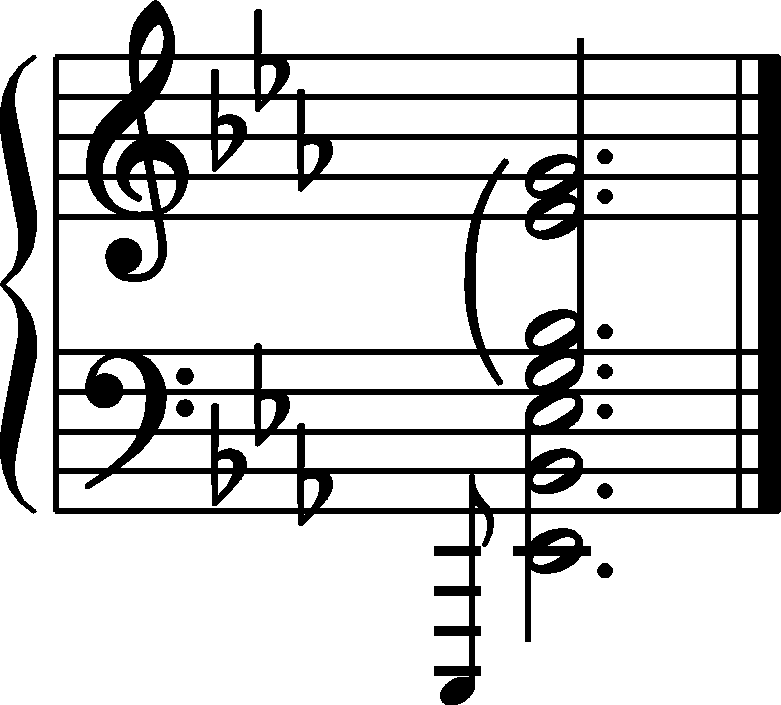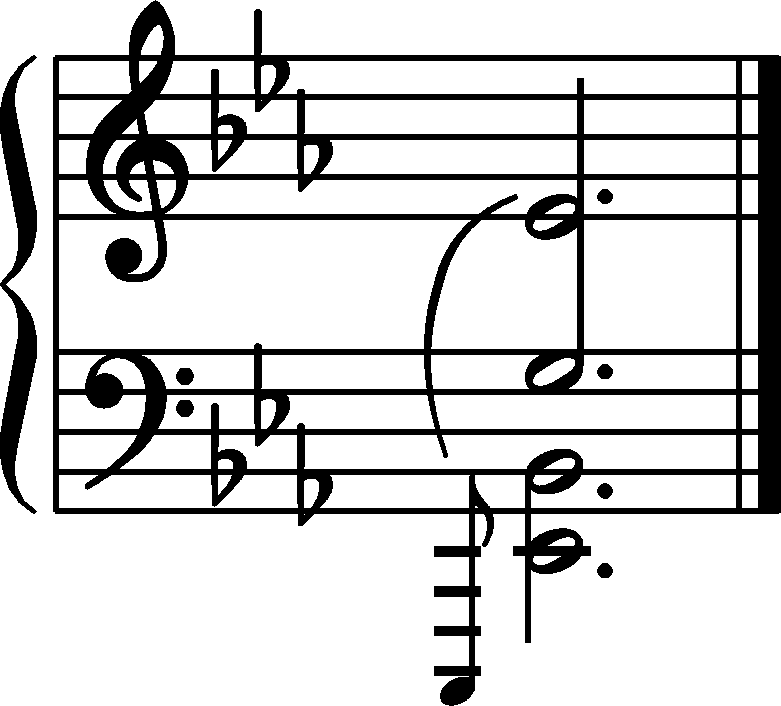



Pitch
|
b. 53-61
|
composition: Op. 28 No. 19, Prelude in E♭ major
..
In GE1 a mistake was committed twice in analogous phrases – in b. 53 and 61, i.e. on the 3rd beat of the bar, the preceding triplet was repeated. The reason could have been the confusion of similar pairs of bars 50-51 and 52-53 (and 58-59 and 60-61, respectively) and the distraction – the abridged markings of some repeated figures used in the manuscripts. The mistakes were corrected in GE2 (→GE3). category imprint: Differences between sources issues: Errors in GE , GE revisions |
|||||
|
b. 56
|
composition: Op. 28 No. 19, Prelude in E♭ major
..
In the main text we add a cautionary category imprint: Editorial revisions |
|||||
|
b. 59
|
composition: Op. 28 No. 19, Prelude in E♭ major
..
The 2nd quaver in GE1 is an a category imprint: Interpretations within context; Differences between sources issues: Errors in GE , GE revisions |
|||||
|
b. 70
|
composition: Op. 28 No. 19, Prelude in E♭ major
..
The crossings-out in this bar show that Chopin was looking for the right way to end the Prelude. Among the crossed-out elements, one can distinguish:
See also the note in the next bar. category imprint: Corrections & alterations; Source & stylistic information issues: Corrections in A , Deletions in A , Accompaniment changes |
|||||
|
b. 71
|
composition: Op. 28 No. 19, Prelude in E♭ major
..
The crossings-out in A allow us to partially decipher the initial notation of the final bar, in which we can see a removed grace note and a curved line: category imprint: Corrections & alterations; Source & stylistic information issues: Corrections in A , Deletions in A , Accompaniment changes , Main-line changes |

 -e
-e before a
before a before f2.
before f2. . However, if we were to take into account also the differences in the shape and shade of the noteheads, which indicate that the three minims in the chord were added later, the version could have looked as follows:
. However, if we were to take into account also the differences in the shape and shade of the noteheads, which indicate that the three minims in the chord were added later, the version could have looked as follows:  . Cf. the ending of the Prelude No. 22 in G Minor.
. Cf. the ending of the Prelude No. 22 in G Minor.